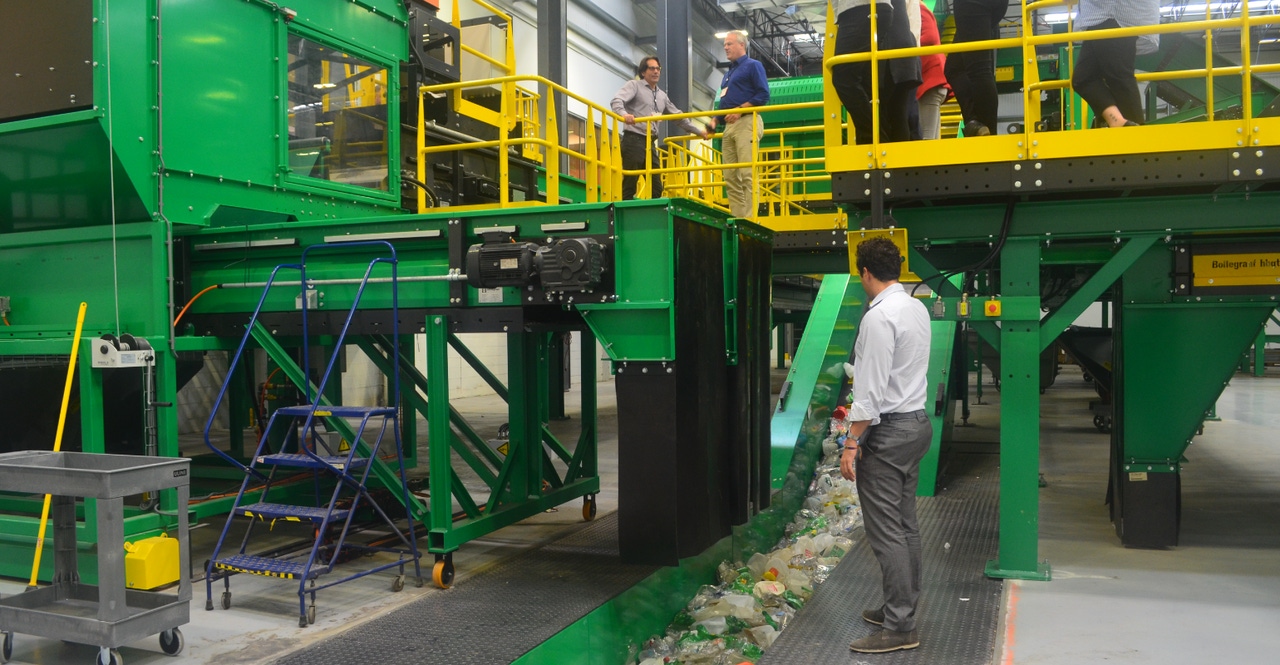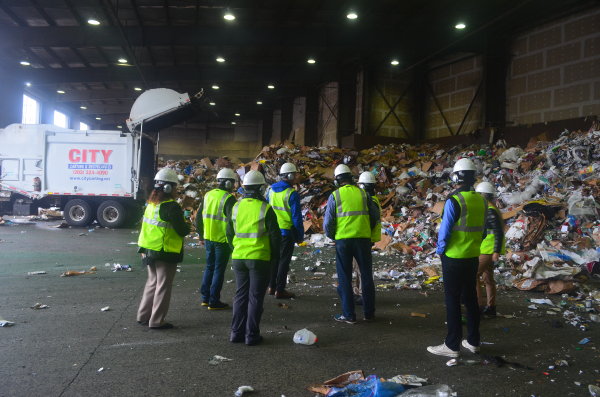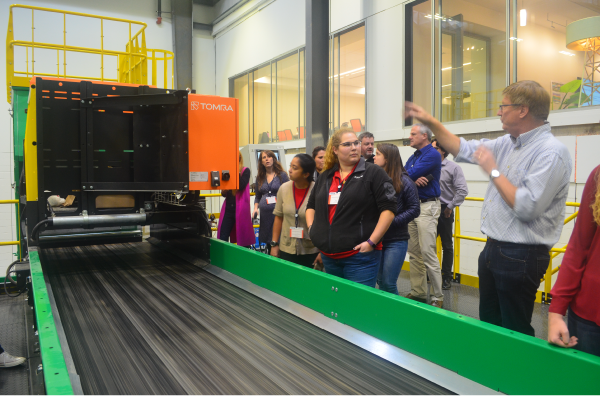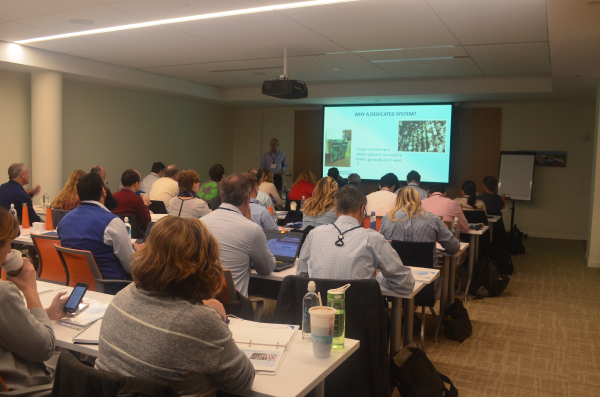MRFs & Brands Working Together to Design Packaging for Recycling

How recyclable a package is depends on its design. And between new innovations in some of these designs and a spike in sheer volumes of these spent products, materials recovery facilities (MRF) are hard pressed to manage what comes into their plants. MRFs often get updated or retrofitted every 8 to 10 years and in the interim, along have come stand-up pouches, full wrap shrink labels, product-enhancing additives, and other packaging materials, forcing operators to constantly try to update their technology.
Some manufacturers and MRFs are starting to work together to ensure evolving products make it through recycling infrastructure, but these partnerships are not an industrywide effort, says Steve Alexander, president of the Association of Plastic Recyclers (APR).

“Someone may change a package component that makes it nonrecyclable when prior it was recyclable, or vice versa,” he says, adding APR has fielded calls from within the industry about fairly new material components that a manufacturer has labeled as recyclable that actually are not.
These are among reasons the trade association has been busy facilitating connections between manufacturers and MRFs, as well as plastics processors. The outcome has been a design guide to help designers and engineers determine what package components are recyclable and what are not, as well as a “sortation potential protocol,” which is part of the guide. Manufacturers use the sortation potential tool as a protocol to test products for their compatibility with technologies that sort by size, color, plastic types, and metals. Some designers tap into this resource in APR-hosted training programs.
Some of them have gone on to a full-scale test MRF owned and operated by equipment manufacturer Van Dyk. Here, they see how packages make it through that system.
“So, our training program manager walks them through our design guide and sortation potential protocol. Then they get to see firsthand how the whole process works,” says Alexander.

“What’s nice is you can adjust the speed, angle of the line, and size of the screen to get a comprehensive picture of how material would sort in potential situations. Because of the number of specs you can test, you can get a good idea of how it will work in your MRF,” he says.
Now there is work being done to expand the sortation potential protocol: it will soon include guidance in determining if a container goes through the line as two-dimensional (paper and cardboard) or as three-dimensional (such as containers).
While containers would be three-dimensional, if they were flattened they may go to a two-dimensional line, ending up with the paper stream, where they don’t belong, explains Curt Cozart president, Common Sense Solutions, a Montclair, NJ-based consulting company that designs and builds plastics recycling systems. Cozart created the sorting potential protocols.
“There is so much variety in MRF’s equipment and capabilities. If you are a plastics designer your material may be recyclable at one MRF but not at another, and you may get different test results from one MRF to another,” says Cozart.
He conducts custom training for companies’ package designers where designers learn how MRFs and plastics processors’ operate. They learn how to use APR’s design guide. And they learn about the sorting potential protocols, which help them understand what most commonly occurs in a MRF.

“We also spend time walking through their specific packaging to address how it measures up for recyclability. Then we go on to a MRF to see how products stand up,” says Cozart.
So far, 18 major brands have completed the training program with about 40 in attendance for each one. There has been a similar program for companies with less participants, where multiple brands attend, though they do not discuss their specific packaging because their competitors may be in attendance.
Cozart says by identifying problems and recommending alternative materials, the design guide is helping to initiate change. For instance, the guide called out PETG (a transparent co-polyester) as a problem; it was jamming in equipment. As a result, manufacturers created a new plastic type called EPET [extrusion blow moldable polyethylene terephthalate (PET)].
“We also called out black items that were not being recycled because optical sorters couldn’t see them. Consequently, brands went to their color suppliers who are now creating colorants that optical sorters can see. Another example: pressure-sensitive labels typically have adhesive that’s problematic, which the APR design guide identified, and adhesive manufacturers and label manufacturers created material that works for both users and the recycling process,” says Cozart.
Maite Quinn-Richards, managing director of Closed Loop Partners and chair of APR’s MRF subcommittee, is encouraged that some individual brands are proactively engaging with MRFs to ensure that their packaging materials are captured and processed at these facilities.
“By understanding that there are bottlenecks, brands can help with investments in new infrastructure and help create end markets that will support investment,” says Quinn-Richards.
About the Author
You May Also Like




